Modern home office lighting ideas to create a space you love
The average person will spend one-third of their life at work – why not spend that time in a workspace you love?
Written by Ian Yang
Apr 16, 2024
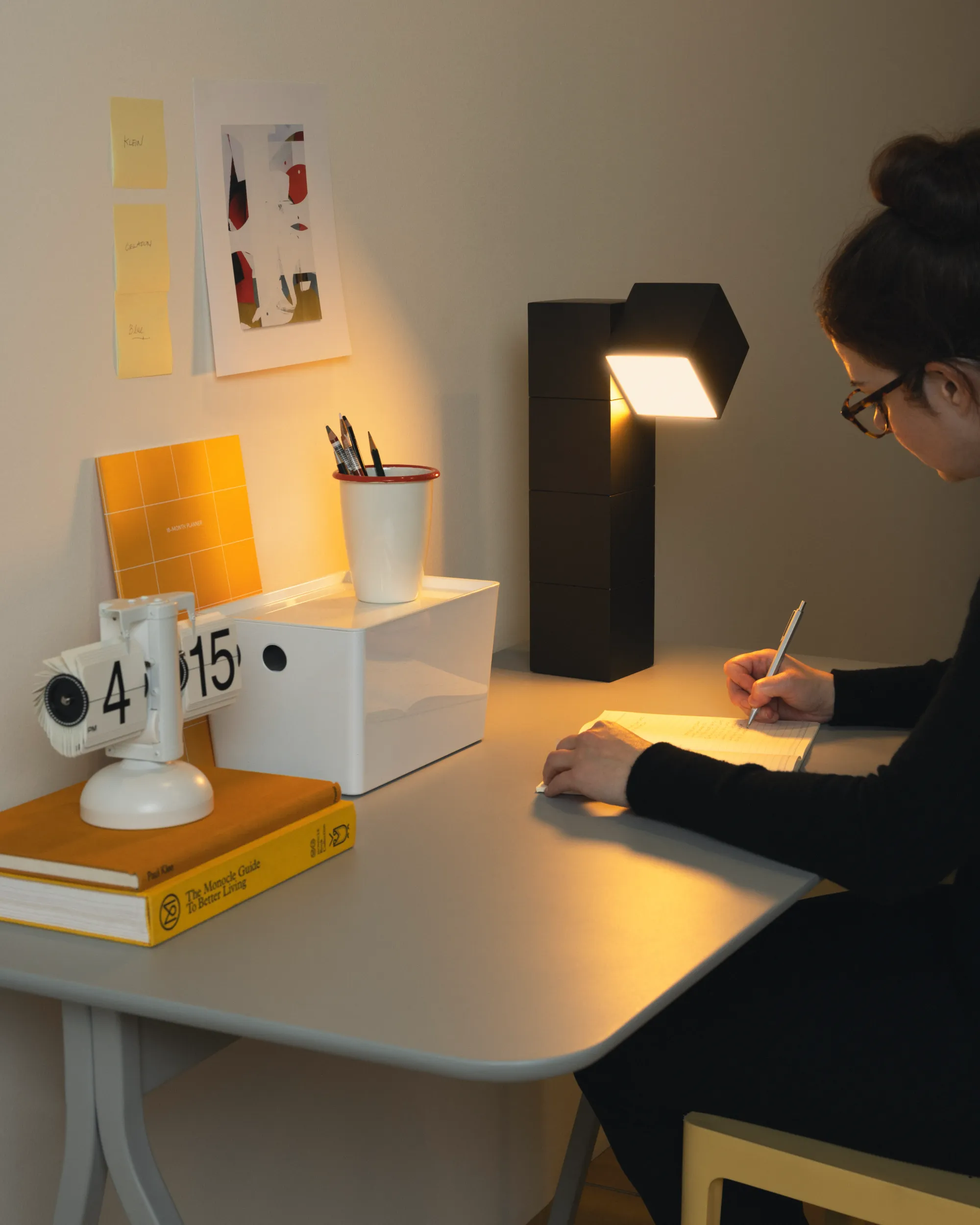
The average person will spend one-third of their life at work – why not spend that time in a workspace you love?
For many of us, the home office is the epicenter of our days. However, this space also often comes last in terms of design energy, as we tend to focus on other areas of the home. We’ve created this guide to home office lighting to help you get started with creating a home office setup that's sustainable, productive, and luxurious.
Stay tuned for modern home office lighting ideas to maximize productivity and create a workspace you love to work in.
The basics of home office lighting
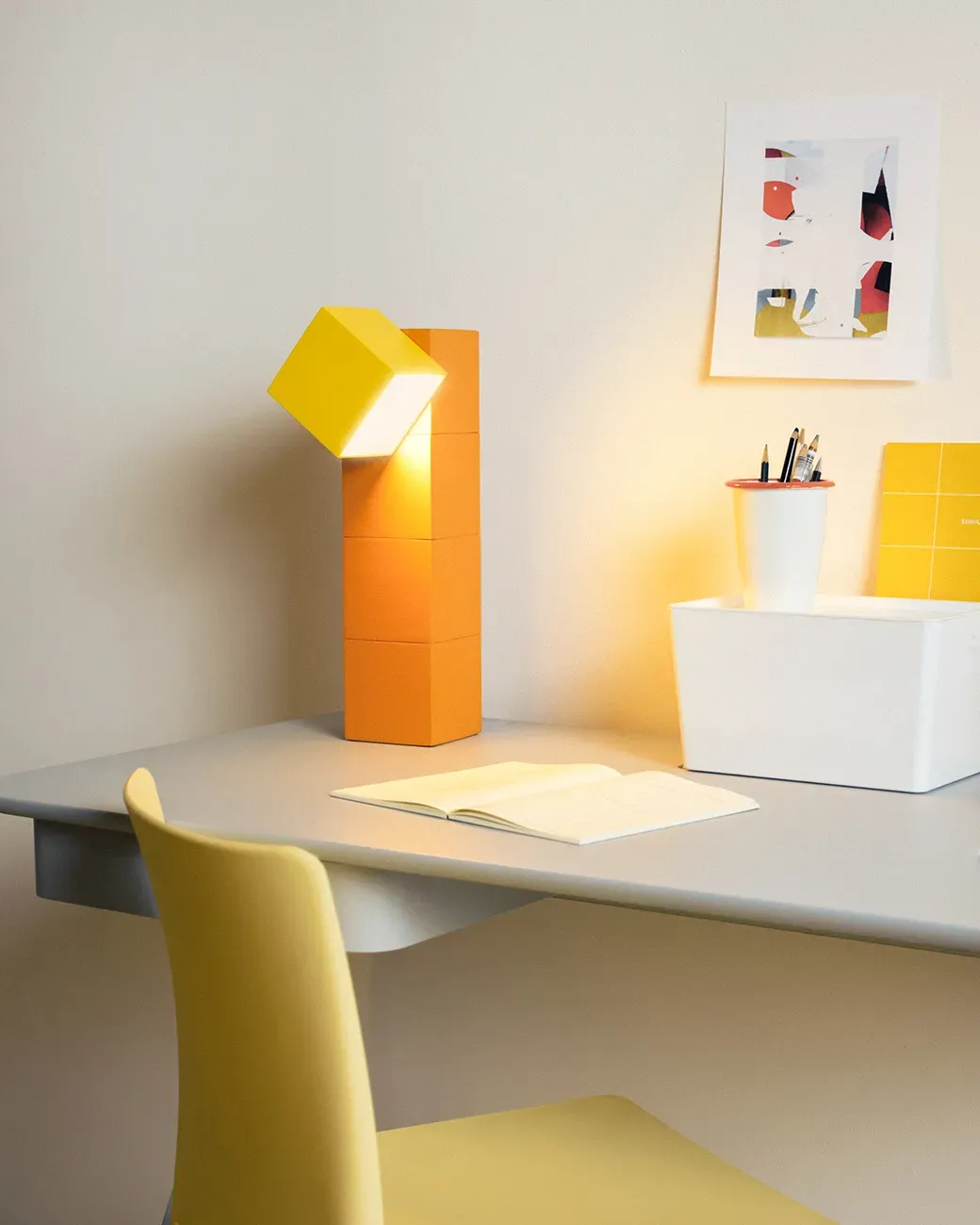
An incredible home office lighting design starts with thoughtful selections, positions, and placements. There’s no one-light-fits-all solution to home office lighting, only deliberate choices and creative inspiration.
Before we dive into our modern home office lighting ideas, let’s recap the fundamental lighting types you’ll be able to use in your office.
Types of lighting for a home office
There are three main types of home lighting you’ll want to incorporate in your home office: ambient, accent, and task.
Ambient lighting is the base coat of your lighting setup, a combination of area-filling lights and natural lighting. Next, we’ve got accent lighting – the practice of accentuating art, fixtures, or impressive features of a room with eye-drawing directional highlights. Finally, there’s task lighting – fixtures that offer light for a task, such as lamps or table lighting.
Want more unique modern home office lighting ideas? Check out the Gantri Editorial Team’s comprehensive guide to the different types of lighting.
Natural vs artificial lighting for home offices
The best lighting is a careful balance between natural and artificial light, which varies depending on the needs of each space. Too much artificial lighting may feel overpowering, especially in a space where you’ll be working for a significant portion of your day. Your electrical bill and the cost of lights are likely key deciding factors for the lights you’re comfortable buying, which is why it’s important to understand your options! As with any manufactured goods, quality, and experience will heavily vary, so it’s important to choose a lighting brand committed to bringing you high-quality, sustainable home lighting solutions.
Too much natural lighting can blow out any screened electronics with heavy glare during the early morning and late afternoon, or simply give too much stimulation from the outside world. The home office lighting ideas in this guide will offer some creative solutions to mitigate the challenges of natural light while keeping it a beautiful addition to your office’s atmosphere.
Choosing the best home office lighting for your space
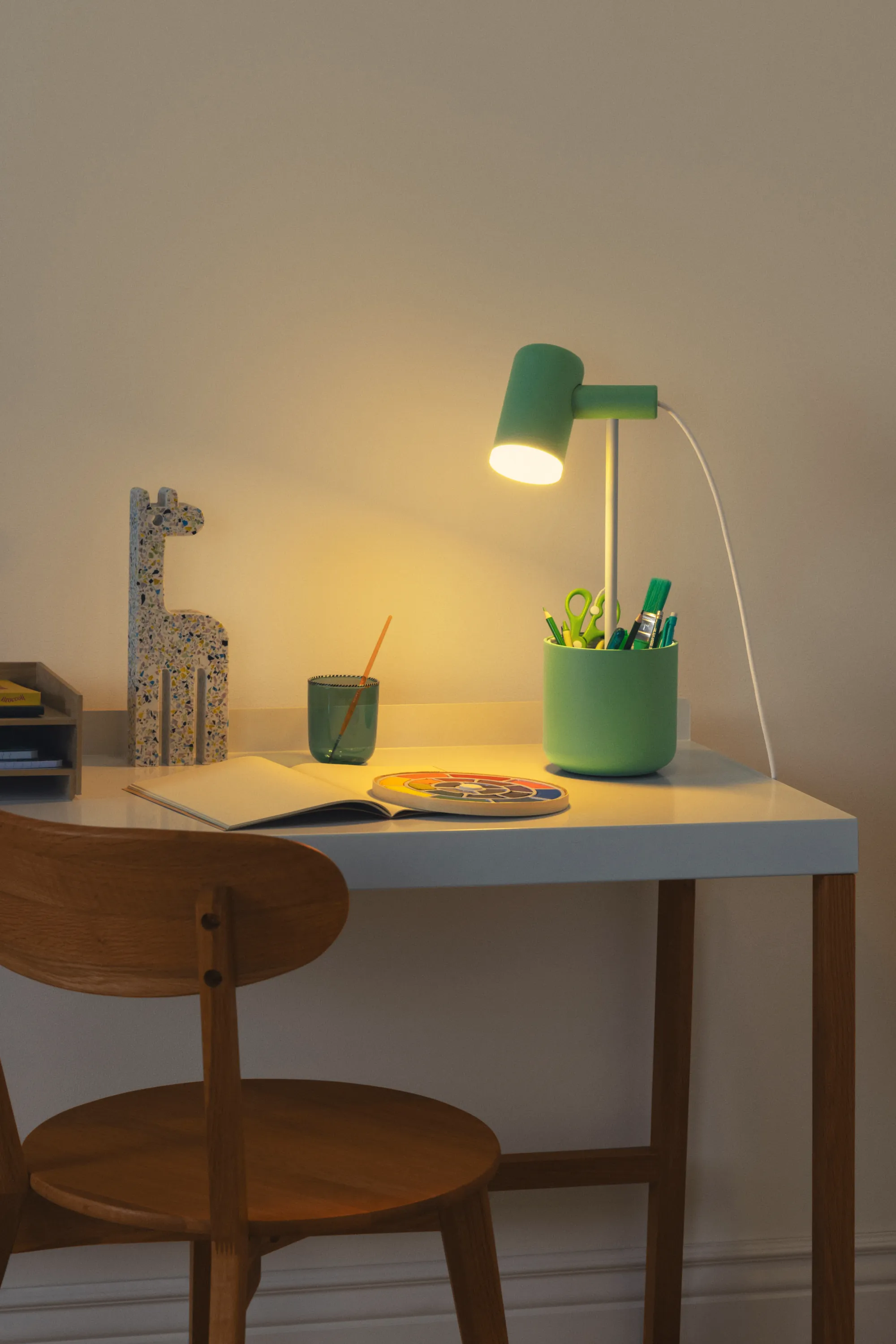
Your home office space is unique, so buying the right lights for it is a balance between creative vision and utilitarian necessity. No one light can accomplish everything, so multiple lights will always allow you more freedom and flexibility of choice than just one.
Here are some questions that you can ask yourself to inspire new and creative modern home office lighting ideas:
How much space do you have?
How much space you have matters.
For a smaller office space, you won’t need to focus on creating as much ambient light as you would for a wider area. Even a single medium-sized window can adequately light a small space during the day for general office work. This grants you more freedom to experiment with task and accent lighting and create a clean lighting solution for late-night work.
On the flip side, apartments or smaller homes might not have a lot of space for more expansive lighting solutions such as standing lights. Thankfully, there are plenty of ways to creatively light even the smallest of spaces. Whether your light is on the wall, a table, or the floor, working with your space not against it can inspire some stunning results.
Is the space single or multi-purpose?
Many of our home offices double as living spaces, bedrooms, or other types of multipurpose space. If your home workspace is used for more than one purpose, it’s important to consider this when considering various small home office lighting ideas.
Do you prioritize maximum visual clarity for work time, or lower-level lighting for comfort outside of work? The answer for many people will be somewhere in the middle, so don’t be afraid to experiment with what you are and aren’t comfortable compromising on. Investing in home office lighting that features a dimmer can be a great way to transition from one mode to another.
How would you choose the mood lighting for your office?
Set the mood for the workspace you want.
Do you want your home office space to feel professional and productive like you’ve made your own cubicle at home? Or are you looking for something more executive and cozy, so working never feels like a chore? Do you need a room which can do both? Mood and atmosphere both play incredibly vital roles in our productivity, and aligning your workspace with your industry, work type, and personal style is a great way to set the mood for work.
If we’re uncomfortable in our space we tend to get less work done – so why not make your workspace a place you want to inhabit?
Creative modern home office lighting positions and placements
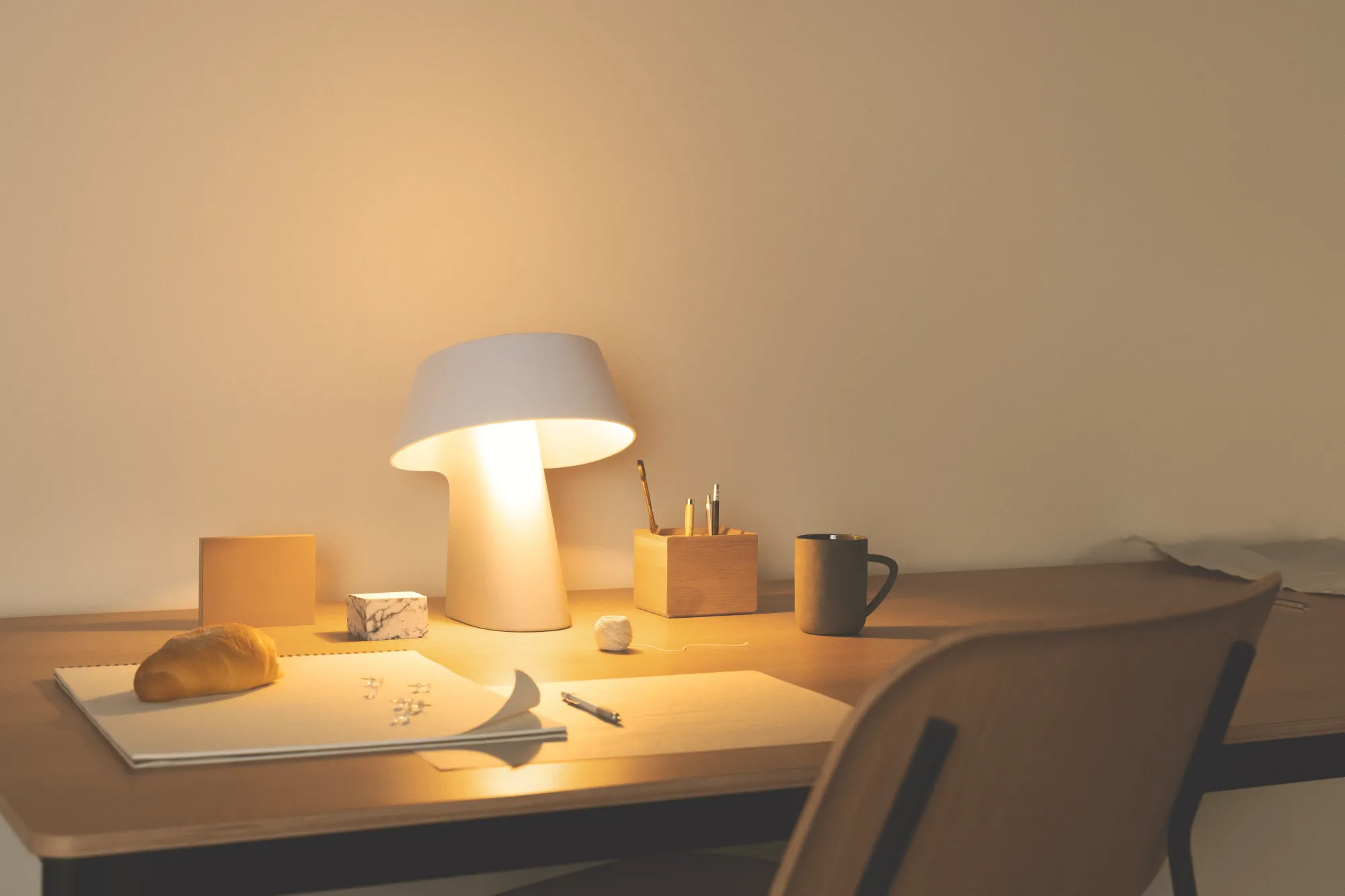
Workspace lighting isn’t just about considering multiple modern home office lighting ideas and picking whichever ones catch your fancy. It isn’t even about which lights you own or how expensive they are. Instead, it is about how you combine various aspects of your home office with your lights. To truly make a room come into its own you’ll have to think creatively about your space, the ways you want to fill it, and the productive needs of the work you do within it. Lights are best implemented into a space that flows around them, so you’ll need to consider your furniture placement to get the best use out of any new lighting solution.
Work with the space you have
Design for the space you have – not the one you wish you had!
You might be surprised how good any space can look with the proper care and attention, which is why it’s important to light with your room’s strengths and challenges in mind. Lighting an entire room may naturally require more implements the larger it is. As home offices are generally smaller, you’ll have the advantage of being able to layer your lighting options to create varying atmospheres. Whether you need to create lighting options for video calls, reading, or computer work, there are smart ways to layer your lighting to meet your needs.
Identify natural light sources and shadows
Take the time to access your home office’s natural lighting and shadows. Where do your windows allow the sun to hit the room at different times of the day? Are any spots particularly dark without additional lighting, and even more importantly, is your working space suited for use at all hours? For example, if your window happens to face the west, a sunset can be beautiful to watch, but you’ll have to keep in mind whether you can work with the entire sun directly in your line of vision. Natural lighting can be a gorgeous complement to your lighting if you arrange your office with the illumination of sunlight in mind.
Small home office lighting ideas for productivity and wellness
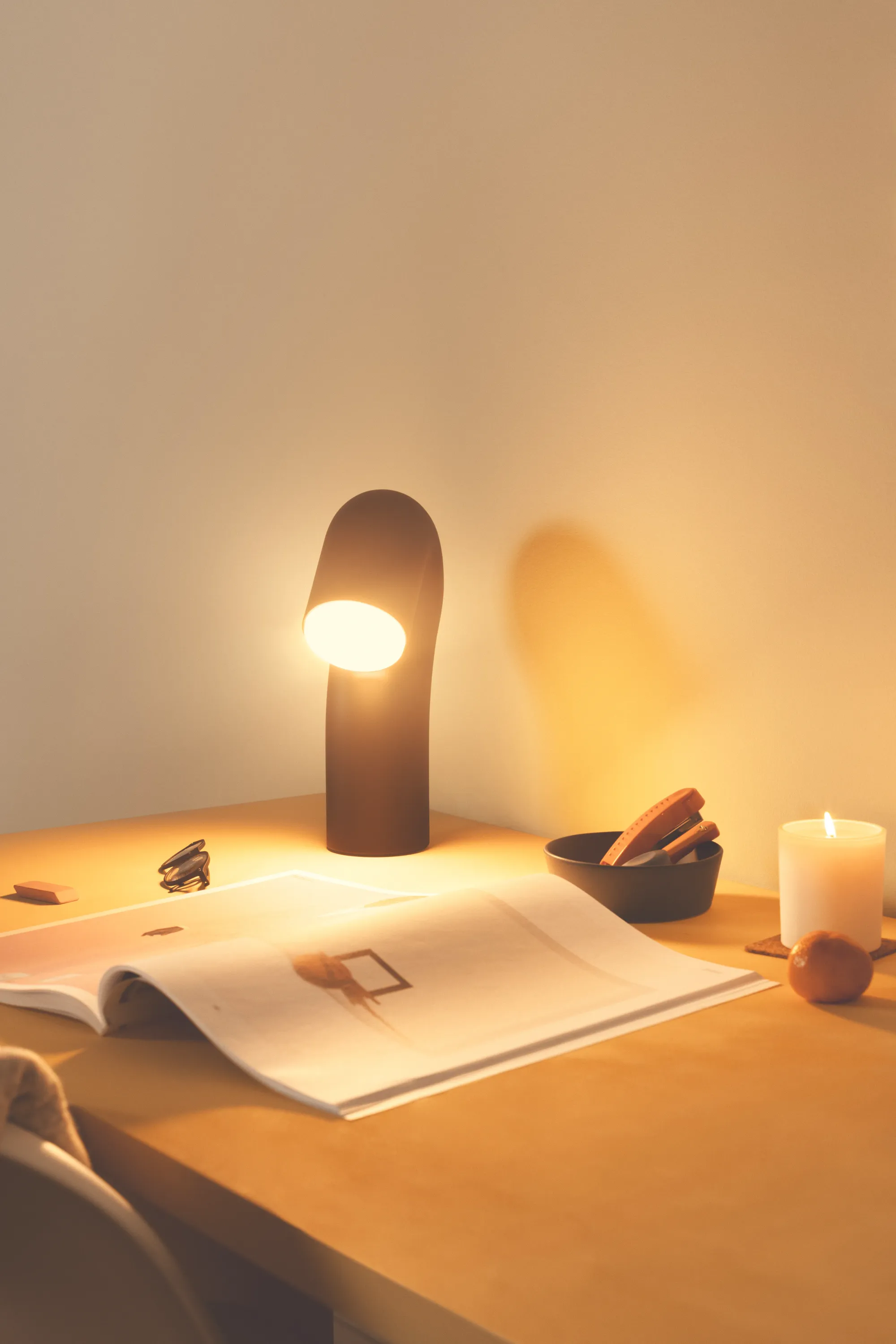
Maximize natural lighting
Natural lighting is easily one of the most efficient and cheapest ways to light a room during the day. Depending on your area of the world or the season you may naturally receive a lot more or a lot less natural light per day. If we want our spaces to look the best they can be and maximize the potential of our afforded natural lighting, we’ll need to decorate with these factors in mind. Here are some ways you can maximize your natural lighting in your home office.
This first tip generally works for all types of light, so feel free to keep it in mind throughout the rest of this guide! Two key components to filling a space with light are reflection and diffusion. Reflective surfaces, such as mirrored glass, polished metal, and even white paint to an extent will scatter the rays of light into waves that fill into the surrounding areas. Darker, matte surfaces absorb more light and will make a room appear to the human eye as much darker even in full daylight. This is why you generally don’t see many fully black-painted rooms in modern homes.
Opt for energy-efficient lighting solutions
The important task of fueling our homes and lives with eco-friendly energy is a constant process of innovation and ingenuity. Thankfully, as consumers we have many energy-efficient home lighting options at our disposal. There is no greater statement to be made as designers, decorators, and artists than our commitment to living green with planet-friendly materials and responsible manufacturing practices. For consumers, an unfortunate challenge of ethical consumption is the higher costs that can often come with it. So we’ll do our best to go over tested energy-efficient solutions of lighting your space for every budget.
Incandescent bulbs are the most frequently found light bulbs on the global marketplace. They’re some of the oldest lighting technology available – and also happen to be the most inefficient. Over 90% of the electricity used to power an incandescent bulb is lost entirely as excess heat. You’re burning your fingers on wasted energy every time you unscrew one. While they may be cheaper up-front, taking a look at the ratio of energy spent on each bulb quickly makes incandescent bulbs begin costing about as much or even more than other options, without even mentioning how quickly they’ll burn out.
CFL (compact fluorescent) bulbs are the spiraled bulbs you’ve likely seen in stores. They have a unique lighting profile and save a significant amount of energy when compared to incandescent bulbs. They’re an especially great choice for when you need a bulb with a lower peak brightness than higher intensity bulbs.
LED (light-emitting diode) bulbs are quickly becoming a popular lighting choice for their multitude of benefits over incandescent or even CFL bulbs. LED lights retain the brightness and color accuracies of incandescent bulbs while requiring an even lower draw than even compact fluorescents. LED bulbs have an incredibly long lifespan – upwards of ten years – and are incredibly affordable and versatile.
Some fancier LED bulbs can even be programmable with different RGB color capabilities to change the color of a room’s lighting on the fly. Museum-quality LED lights (as utilized by Gantri) have a warm and beautiful color profile surpassing even incandescent bulbs, with dimming capabilities to light even the biggest rooms with style.
You can go further to reduce your carbon footprint with lighting accessories such as sensors or lighting timers to reduce your electricity usage throughout the day and ensure that a light is never mistakenly left on. With quality LEDs and sustainable materials, high-quality lighting pieces will last you a lifetime.
Task lighting for high-use areas
Task lighting differs from the other main types of lighting as it is specifically for productive tasks or leisure activities in high-use areas. Desks or reading nooks are a couple of examples of areas that are used frequently, making them a great focus for task lighting options.
Some of the best task lighting implementations include reading/desk lamps or light strips under workshelves. If you’ve created your perfect desk corner, complete with the coziest chair in the house, you’ll need to decide if you have the space for a full standing lamp or if you can utilize an alternative solution. A versatile and stylish solution for smaller-space task lighting is clampable lights, such as the Gallery Clamp Light designed by Andrew Ferrier and manufactured by Gantri. These can be attached to any ledge or shelf, keeping your desk and floor space clear.
Layer your lighting
One of the biggest benefits of layering your home office lighting is the ability to create a ubiquitous and multi-functional space.
Layered lighting doesn’t limit you to a single level of brightness or a certain atmosphere in your home office. Instead, what functions as a brightly illuminated space in the daytime can easily transform into a restful retreat of soft accents and warm lighting during the evening. Multiple lighting pieces will allow you to be much more creative with the mood of your space at a given moment, and leave even your office space feeling like a true extension of your home.
Layering is best done by taking stock of your largest and smallest light pieces. As many modern home offices have bright overhead lights, these can be the maximum value of your lighting. Using these in conjunction with brighter directional lamps for productivity will help keep you working without any visual obstruction. As the sun begins to set and it's time to wind down, your unique lighting pieces can truly shine. A beautiful and imposing Drops Floor Light, designed by Silvia Ceñal and built by Gantri, can fill your room with a homely atmosphere to take the edge off even the most frantic days of working.
Eliminate glare
If you’re one of the millions of professionals who work primarily on the computer, you’ll need to consider this when lighting your home office.
If you primarily work within text-based documents, glare might not feel like the worst thing in the world, but for artists or videographers, there is nothing more disruptive to getting an accurate color view from your computer screen than a bright light source shining off your screen. We’ve all been annoyed by glare making it difficult to work, and while monitor technology can do a lot to mitigate its effects, avoiding it altogether is ideal. So here’s how:
Direct light causes the most glare, so aim for lighting implements that won’t emit direct light towards your screen. Most artificial light sources are designed with a built-in diffusion method, such as a lampshade or cover. Natural lighting from a sun-facing window is a common culprit for glare on our screens. Curtains with a light, diffusing fabric such as sheer or linen can eliminate a substantial amount of glare while still allowing the natural light to brighten your space.
Boost your mood
With all of this talk about productivity, don’t let your comfort become lost in the conversation. As you create your home office lighting design, incorporate elements that inspire you, boost your mood, or get you in the zone. Whether that’s by incorporating your favorite colors, pictures, or art pieces, working in a space that feels your own will help keep you motivated. Working from home is an opportunity to leave the gray cubicle (along with its fluorescent strip lights) behind and create a workspace that speaks to us as creatives and individuals.
Play with color and texture
Light is a fascinating science. It interacts with every object, surface, and color in a unique way. To enjoy it is a primordial human emotion, and when you begin to understand the components that compose the spectrum of light you can really start to have some fun with your home design choices. Why not try harkening back to a vintage age with a Kero Table Light, designed by Noun Studio and manufactured by the good folks at Gantri. A modern designer takes on a kerosine lamp, portable and simply stunning in a clay-brick red color.
Create your dream workspace with our modern home office lighting ideas
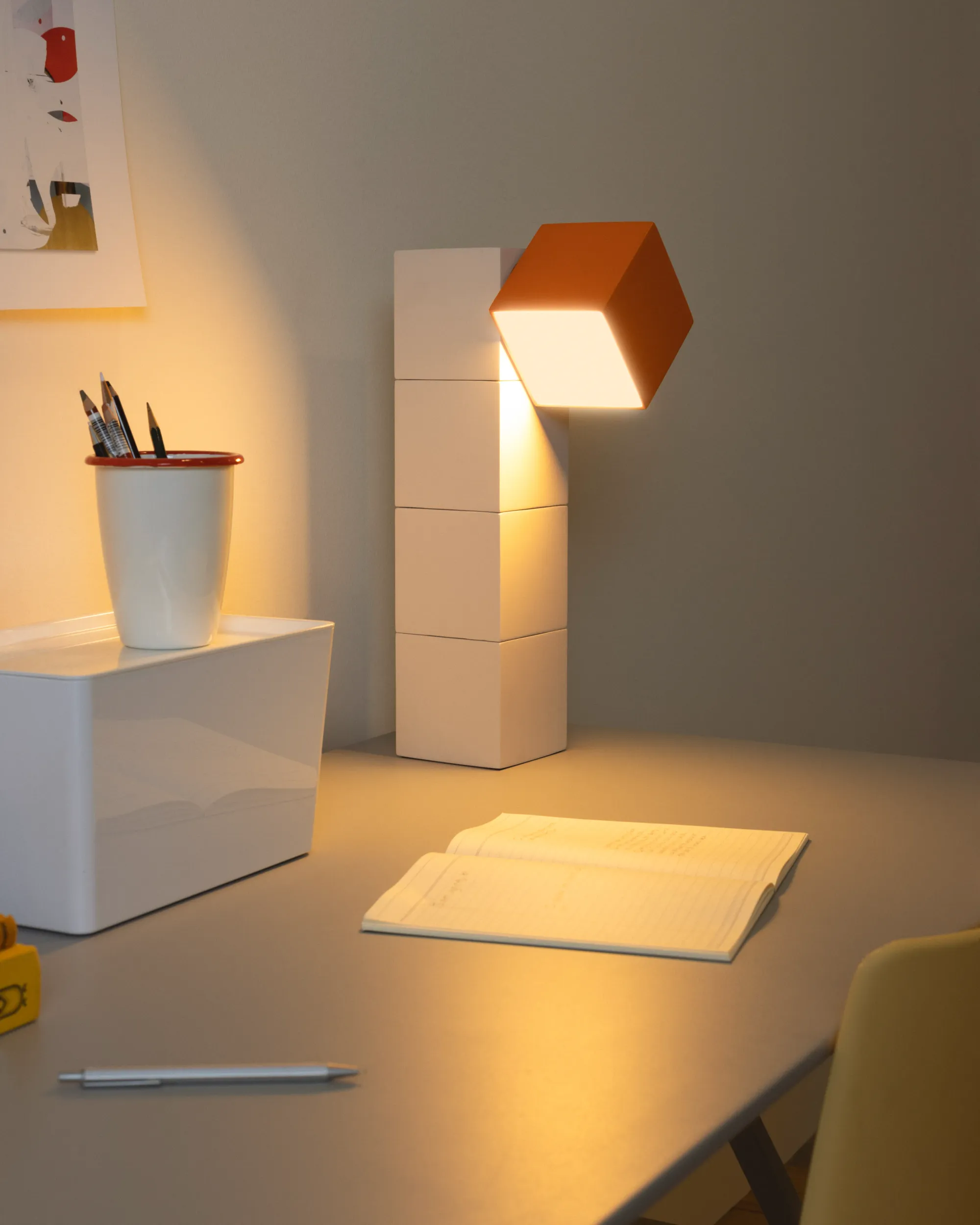
We hope you’ve learned a lot and enjoyed these tips on creating the perfect home office lighting. If you’d like to explore some more beautiful and sustainable lighting solutions for any space, check out Gantri for more designer lights that combine cutting-edge manufacturing techniques with timeless artistry.
© 2025 Gantri, Inc. All Rights Reserved.